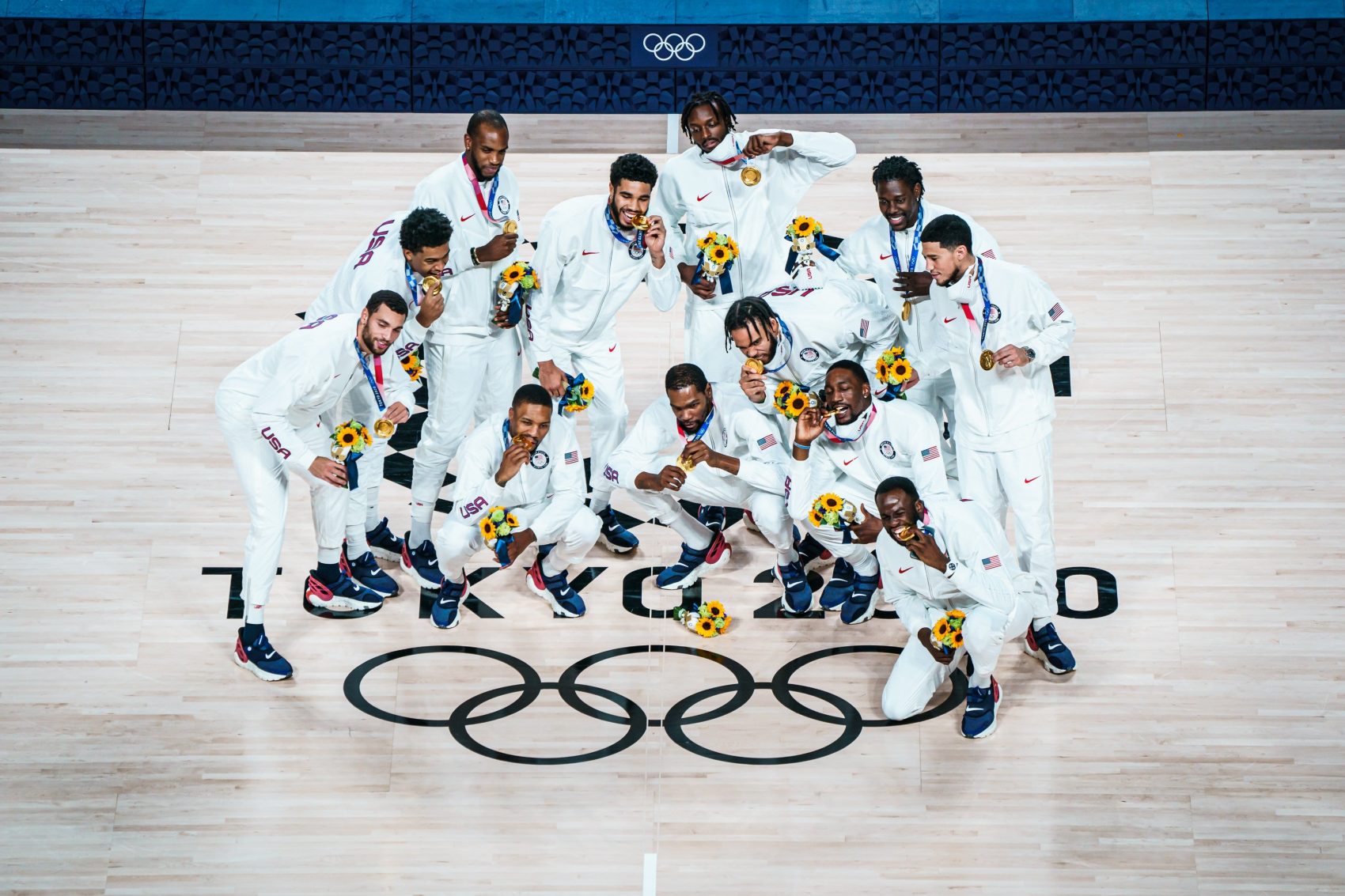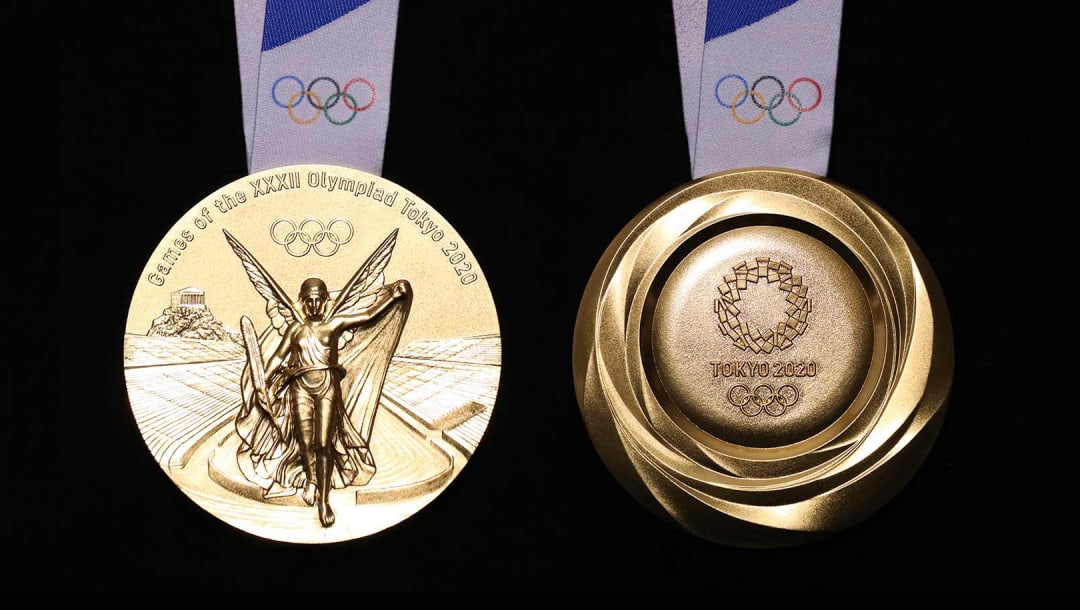
The 2020 Tokyo Olympic Games have come to an end. Team USA has come in first place, with 39 gold medals and 113 total medals, China in second place with 38 golds and 88 total, and Japan in third place with 27 golds and 58 overall medals. This year’s Olympics took place over the course of two weeks, and “339 medals were handed out across 33 sports.” That’s a lot of metal; In fact, “there was a two-year national effort in Japan to collect enough recycled material to produce about 5,000 bronze, silver, and gold medals for the 2020 Tokyo Olympics.”
Every four years for the Olympic Games, the host city is responsible for designing and producing the medals it will hand out. A few years ago, in 2017, Tokyo announced its sustainable initiative for creating this year’s medals. From April 1, 2017, through March 31, 2019, 78,985 tons of used electronics were collected across Japan under the “Tokyo 2020 Medal Project: Towards an Innovative Future for All.” According to the Project, over 70lbs of gold, 7,000lbs of silver, and 4,000lbs of bronze were collected in 1,621 of Japan’s municipalities; “90% of the 1,741 wards/cities/towns/villages nationwide participated.”
The #Tokyo2020 Medal Project aims towards an innovative future for the world 🌏
♻️ From April 2017 to March 2019, small electronic devices including mobile phones were collected to produce the Olympic and Paralympic medals 🏅
#WednesdayWisdom pic.twitter.com/WKVeRb0OcS— #Tokyo2020 (@Tokyo2020) June 30, 2021
Following the two-year collection process, the donated electronics were sorted and taken apart by independent contractors and then produced into their final podium form by other appointed smelting contractors. The Tokyo 2020 Medal Project was highly successful and required the cooperation of the national government, local schools, companies, and communities, and countless individuals. One of the most largely involved contractors of the project was the Renet Japan Group, a company that focuses on “addressing social issues through business.” Its director, Toshio Kamakura, said in a statement that:
“We developed a waste management movement for the medal project with the cooperation of many stakeholders, from the Japanese government to local communities.”
Olympic medals are designed carefully and specifically:
“Each medal must be at least three millimeters thick and 60 millimeters in diameter. Also, the gold and silver Olympic medals must be made out of 92.5 percent silver, with the gold medal covered in six grams of gold.”
This year’s gold medals weighed in at 556 grams and were “85 millimeters in diameter, [ranging] in thickness from 7.7 mm to 12.1 mm.” In today’s market, melted down, these gold medals would be worth around $800, the silvers valued at $500, and bronzes at around only $5. According to CNN, a gold medal from the 1896 Athens Olympics recently sold for nearly $200,000, and other, more recent Olympic medals have sold for almost $100,000. Medals made out of 100% gold have not been awarded since the 1912 Stockholm Games.
Environmental issues are social problems that affect every person on the planet and need to be addressed quickly. Tokyo’s Olympic Committee hopes to leave a lasting impact on the Olympic Games regarding sustainability and social awareness. Their actions can help with leading a global movement that everyone can participate in, not just Olympians.





